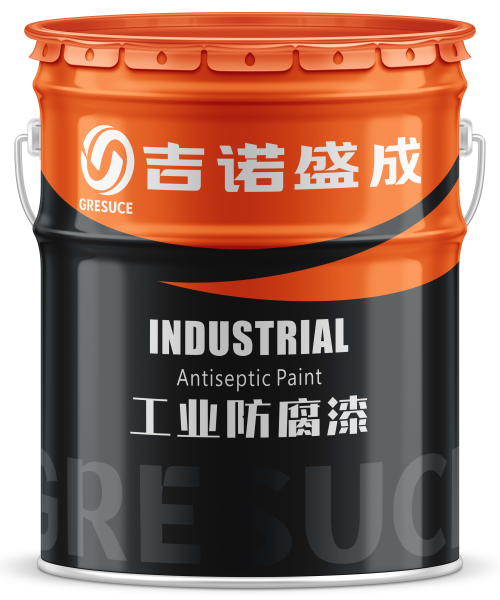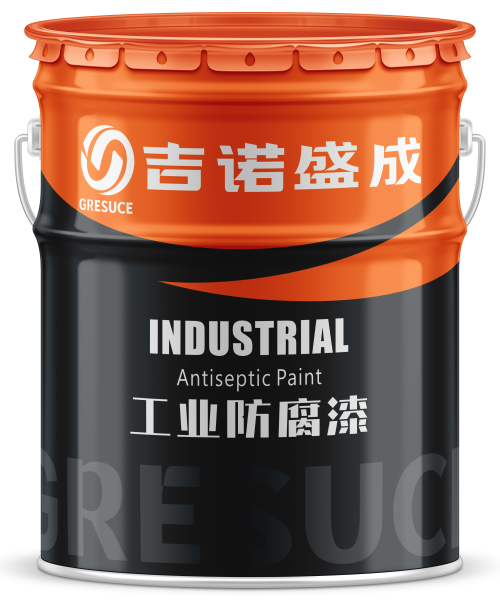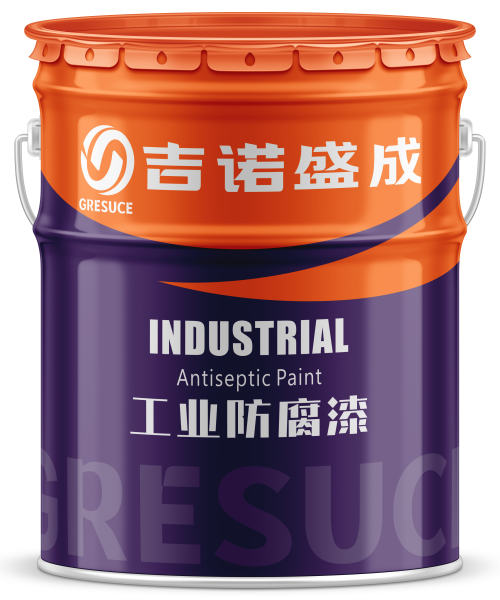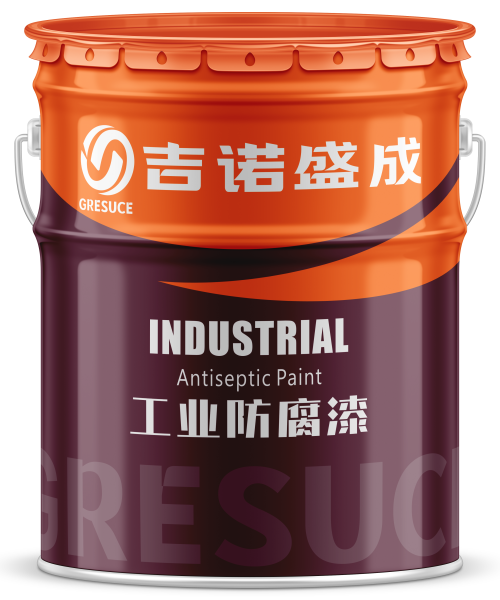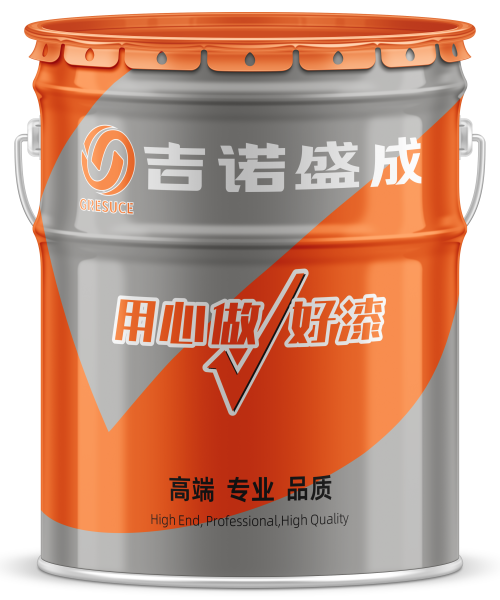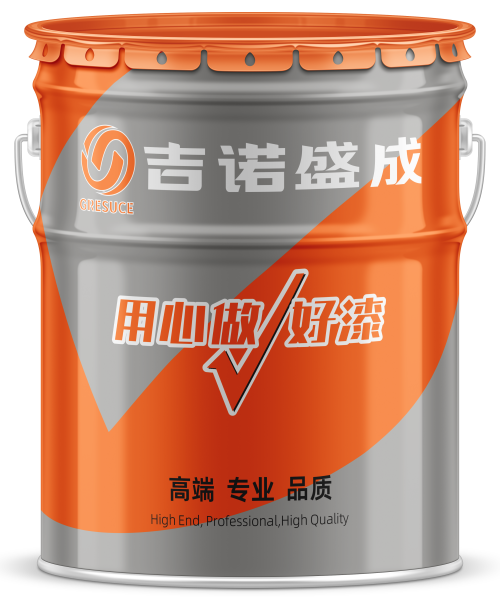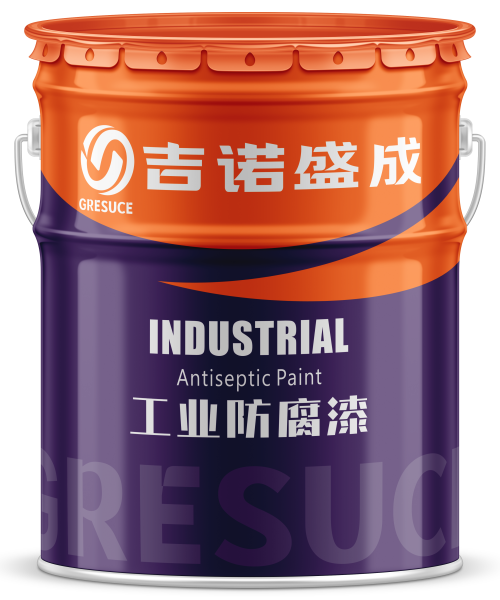Bridges, as critical transportation infrastructure, bear the demands of public travel, making their safety and durability paramount. Given the unique characteristics of bridges, the application of anti-corrosion paint is particularly important. Below, we will detail the precautions for bridge anti-corrosion paint application to ensure the long-term stability and safe use of bridges.
First, surface preparation before applying anti-corrosion paint is crucial. Through rust removal and cleaning, ensure the bridge surface is clean and smooth to provide excellent adhesion. Remove surface rust and loose coatings using methods such as sandblasting or wire brushing to thoroughly eliminate contaminants and rust. Use solvents or appropriate cleaning agents to wash the surface, ensuring it is clean to facilitate a strong bond between the coating and the bridge structure.
Second, selecting the appropriate anti-corrosion paint is a vital step in ensuring the bridge's durability and anti-corrosion effectiveness. Based on the bridge's material, environmental exposure conditions, and usage requirements, choose coatings with excellent corrosion resistance and weather resistance. Common types of anti-corrosion paints include epoxy coatings and polyurethane coatings. Careful evaluation based on actual conditions is necessary during selection.
Spraying technology is the core aspect of bridge anti-corrosion paint application. According to the coating's instructions and technical requirements, master the adjustment of spraying equipment and the control of coating thickness to ensure uniformity and consistency of the coating. Properly control the spraying distance, angle, and speed to avoid over-spraying or missed spots, ensuring stable coating quality.
Controlling the construction environment is also a key factor in bridge anti-corrosion paint application. The construction site should remain dry and dust-free to prevent dust and impurities from affecting the coating quality. Based on the coating's requirements, reasonably control environmental factors such as temperature, humidity, and wind speed. Avoid construction under adverse weather conditions to ensure proper drying and curing of the coating.
Regular inspection and maintenance are essential for maintaining the quality of bridge anti-corrosion coatings. Periodically check the integrity and adhesion of the coating. If damage or wear is detected, promptly repair or reapply the coating. Regular maintenance, such as cleaning and removing surface contaminants, can extend the coating's service life and anti-corrosion effectiveness.
In summary, precautions for bridge anti-corrosion paint application include surface preparation, appropriate coating selection, mastery of spraying techniques, control of the construction environment, and regular inspection and maintenance. Adhering to these precautions ensures the quality and durability of bridge anti-corrosion coatings, prolongs the bridge's service life, and guarantees structural stability and safety. For more detailed guidance, consult professional anti-corrosion coating suppliers or technicians. Only by ensuring each construction step is properly executed can we provide lasting anti-corrosion protection for bridges.



